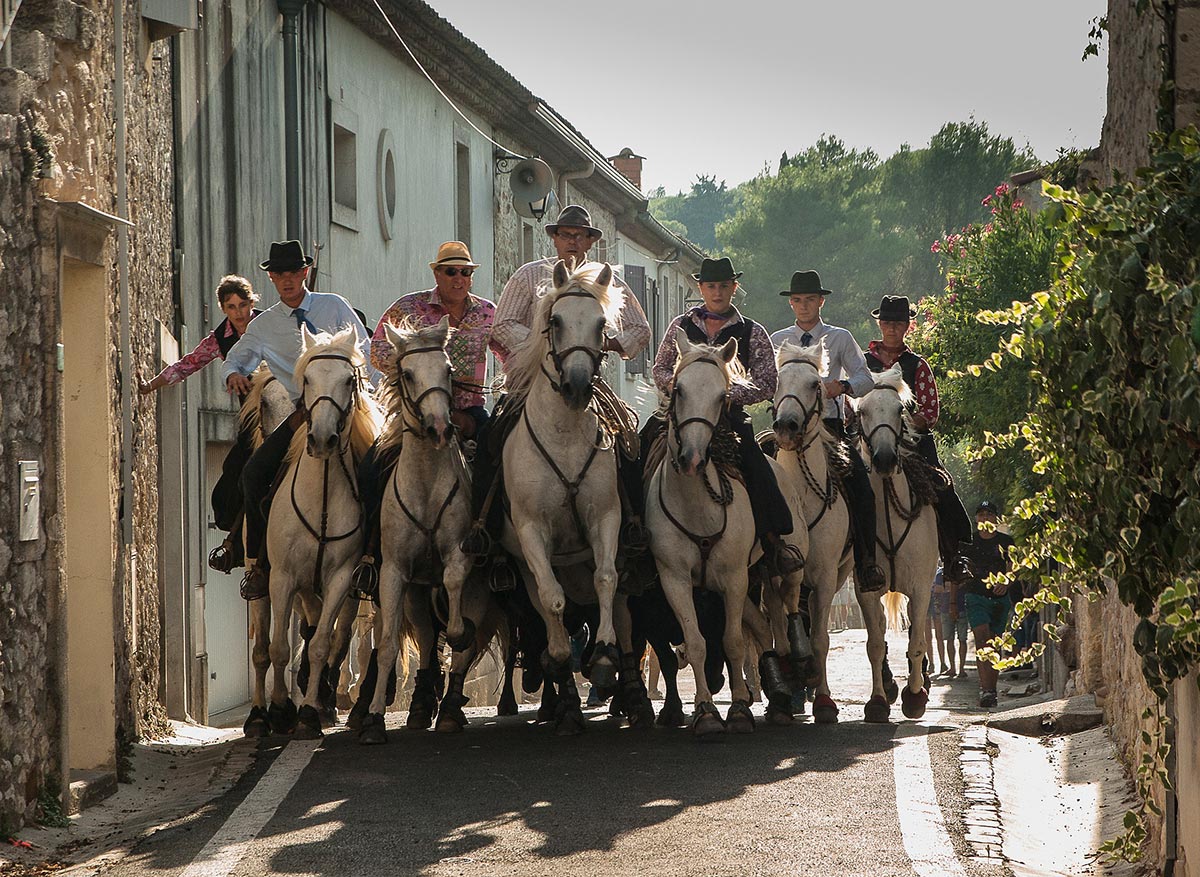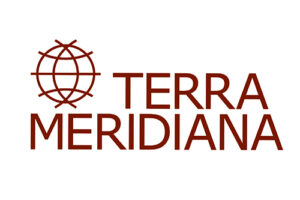Few regions in the world can boast of the number and variety of festivals taking place throughout the year. Here we take a look at some of them.
Article by Vivion O’Kelly

The first thing any new mayor of any small town or village in Andalucía does is to organise a new festival. It doesn’t matter what: if some dignitary of times long forgotten is reported to have ridden his mule backwards in some remote village in Andalucía, there will certainly now be a Festival of Backwards Mule Riding somewhere in Andalucía.
Festivals, mostly old and some quite new, abound in this part of the world (more than 3,000 every year), from eating fried breadcrumbs and commemorating the death of a Scottish warrior to horse fairs, cattle fairs and fighting for possession of a statue of the Blessed Virgen. Weird as many of them may seem to us, they all have a primary purpose, and that is to have fun, stated aims notwithstanding. Official purposes include the commemoration of specific religious figures or historical events, while the promotion of tourism is one of the unstated aims. And some festivals have always been there.

Most take place from late spring to late autumn; that is to say, during the warmer months of the year, and most commemorate a saint. The Seville Fair may be the best known, but the real king of festivals is the annual feria, taking place at different times in cities, towns and small villages all over the region. Even barrios of big cities have their own ferias, and traditionally, the feria was a valid excuse for leave from the armed forces. In days gone by, if you saw a young man on a bus with a military haircut, a dark green duffel bag and a wide smile on his face, he was probably on his way to his home-town feria. Almost all are known by the locality in which they take place.
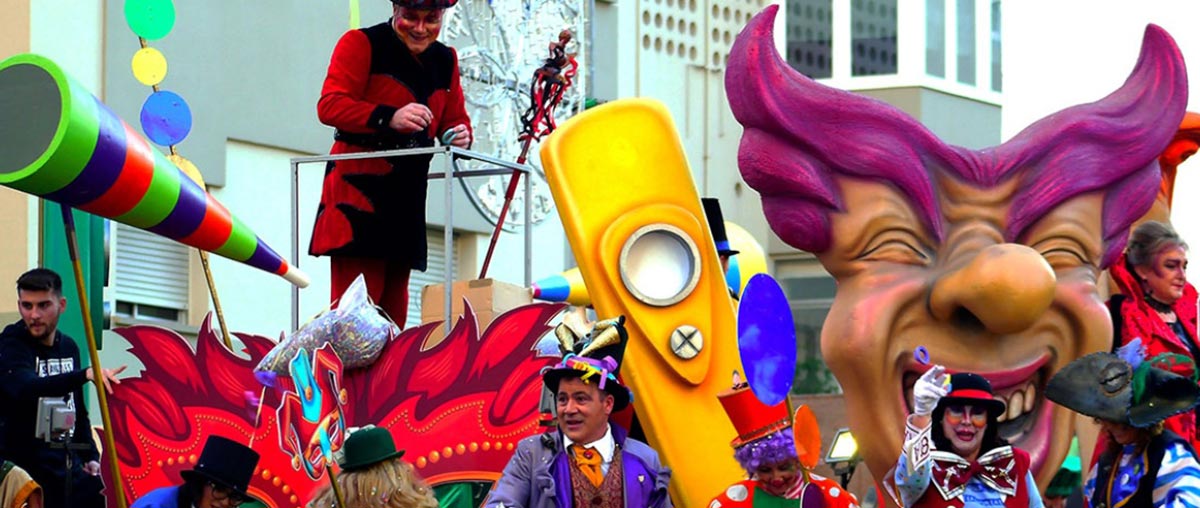
The main winter festivals are the carnivals, hardly surprising in a Catholic country. They take place before Lent, of course, and the most important is the Cádiz Carnival, lasting about ten days. Although Franco had abolished the celebration of the carnival – twice, in fact – in rebel areas, the people of Cádiz and some other towns in that area insisted on continuing with their beloved tradition. Non-Spanish speaking foreigners could be at a disadvantage at the Cádiz Carnival, where the main attraction is the singing of humorous, subversive songs called chirigotas, but don’t worry, this is a party like you’ve never seen before, so just dress up in carnival gear and join in the fun. As in the case of all major festivals, best book a hotel room well in advance, and if attending as a day trip, book a parking space if you can. Cadiz apart, carnival is a widespread festival throughout Andalucía.
The Feria de Abríl in Seville, generally beginning two weeks after Semana Santa (Holy Week) and not to be confused with it, is a magnificent spectacle for all the senses, where one can enjoy the parades of carriages and riders, bullfighting at the Real Maestranza, and plenty of flamenco singing and dancing right through the week. Some of the statistics published give an idea of the sheer size of this event: almost half a million people attending each day during the entire week, usually without any serious security incidents taking place; over a million and a half kilos of rubbish collected and more than thirty-two thousand cubic metres of water drunk. No figure is given for the amount of alcohol consumed, perhaps so as not to frighten the horses.
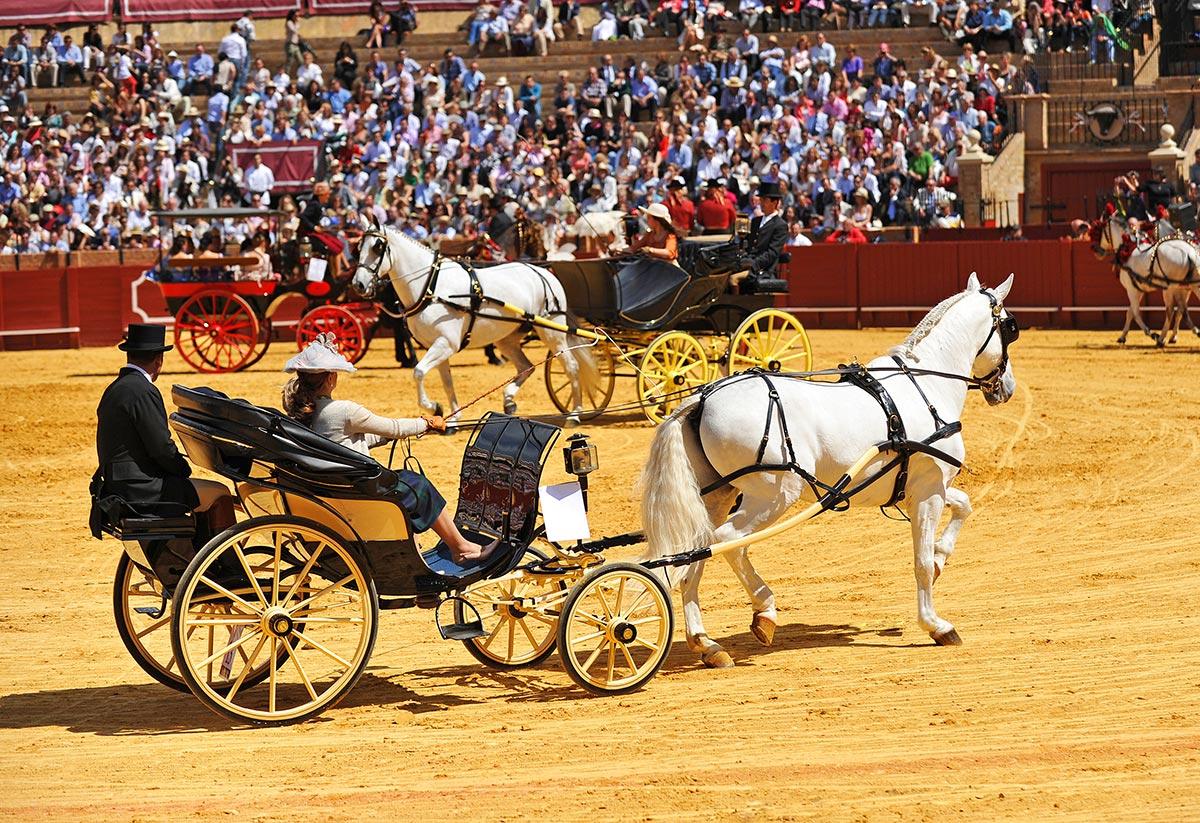
As one might guess, hotel rooms and parking spaces are not easily come by, and a large number of the casetas (large catering tents) erected for the feria are private. But once again, no worries. The party goes on all night long in the streets with music, dance, lots of dry sherry and plenty of delicious tapas.

A great alternative to the Seville Fair is the Jeréz Horse Fair in May. It is not quite as famous as its big sister, with far fewer attendees, and therein could lie its charm. All the casetas are open to the public, where fine wines and sherries compete for attention with beautiful flamenco dancers. But this is also one of the most important equestrian events in the country and should be seen at least once in a lifetime.
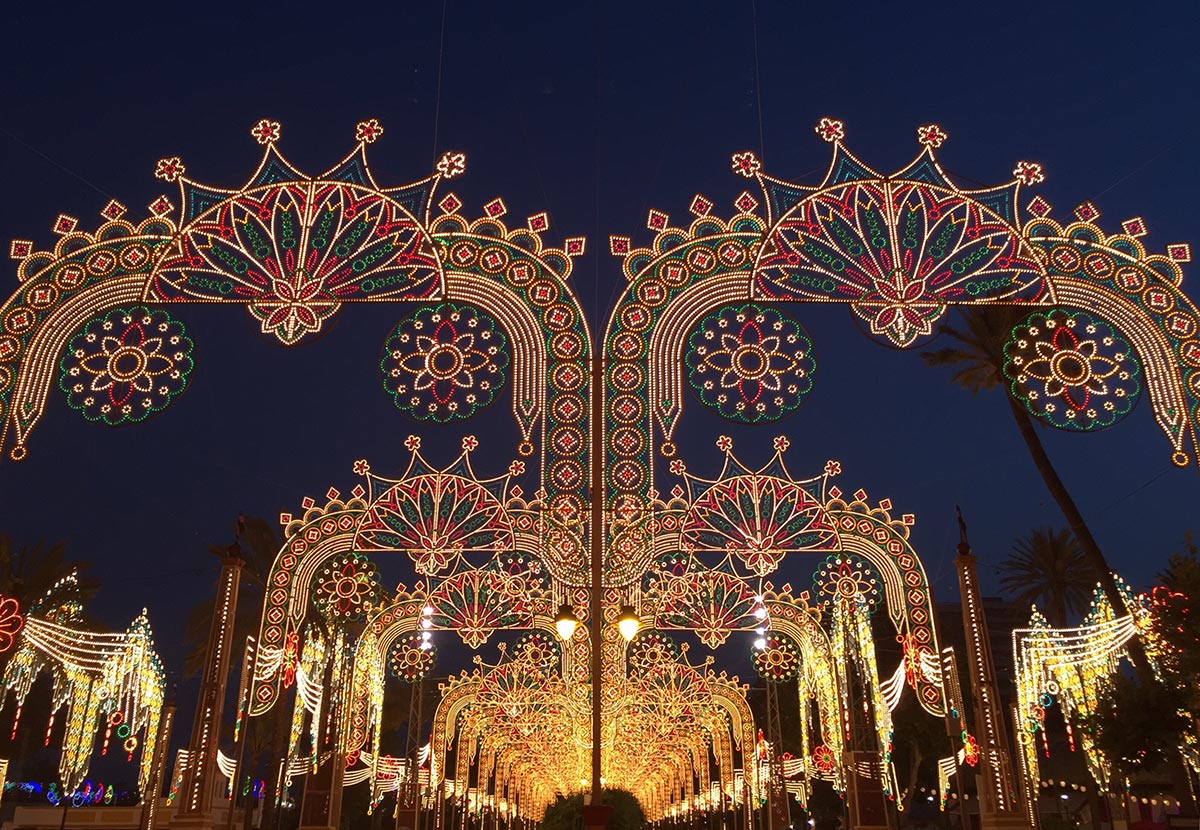
One of the more surprising midsummer festivals in Andalucía is the Douglas Days Festival in the small Malaga town of Teba, which commemorates the death of Sir James Douglas in 1330 with drinks, tapas, and the sound of bagpipes. He was a Scottish knight tasked with transporting the heart of Robert the Bruce to Jerusalem but was killed while helping King Alfonso XI at the Battle of Teba during the Reconquista – hence the surreal connection with far-off Scotland. The heart, as it happened, was already dead.
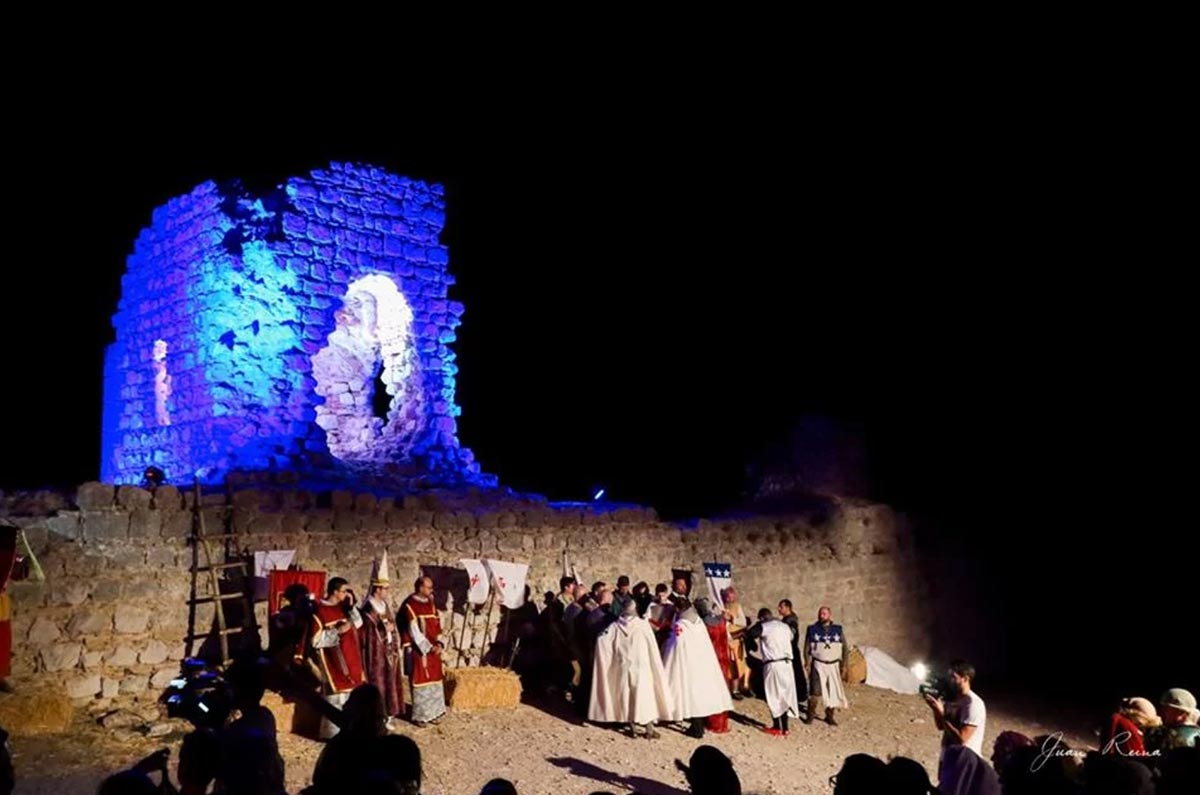
And one of the most bizarre festivals in Andalucía is the little-known Festival of Cascamorras, which takes place in the neighbouring towns of Baza and Guadix, in the province of Jaen during the late summer. Cascamorras was a builder from Guadix who dug up the sacred image of the Virgen de la Piedad while working on a church in an area between the two towns. Both townspeople claimed ownership, and a court decided the image should remain in Baza except for one day each year, when it would be taken to Guadix. Trouble ensued, with the image being fought over by both sides. In any case, it stayed in Baza, whose people agreed that their neighbours in Guadix could nominate one of their townspeople to attempt to regain permanent possession of it on the feast day of the Virgen each year. The catch was that he would be obliged to remain clean while doing so. To this day no nominated Cascamorras, as the unfortunate Guadix hero has since been known, has succeeded in his attempt, due to being smeared in black oil. Now they all smear themselves in paint and black oil and fight in the friendliest of ways for the Virgen’s image. Tourists attending the three-day festival are advised not to dress in their Sunday best.
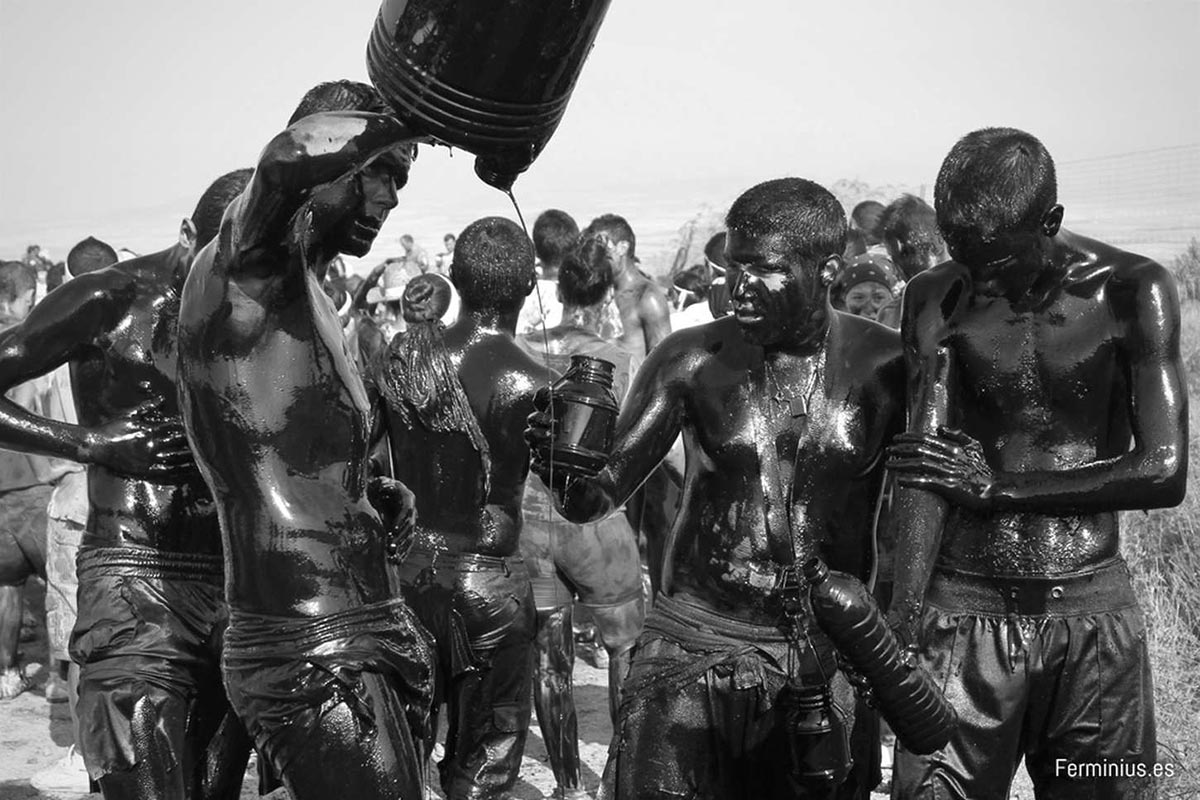
The list of extraordinary festivals in Andalucía goes on and on: Malaga city’s massive annual feria, the Sanlucar beach racing on horseback, the Cordoba Patio Festival, the El Rocío pilgrimage, the Moors and Christians festivals in Granada and Almería, not to mention the numerous Romerías (kind of religious harvest festival), Virgen del Carmen festivals, Nights of San Juan and many more.
So, there you have it, a very small selection of what is essential to the popular cultural life of this region. May you extinguish your various gadgets and devices for a few days once in a while, shed your inhibitions and enjoy life at an entirely different and wholly pleasurable level of reality.





